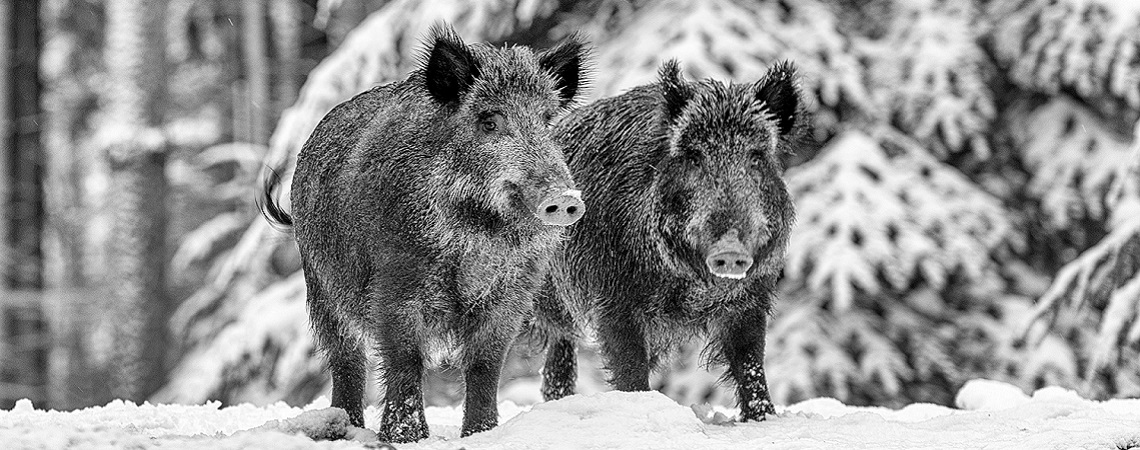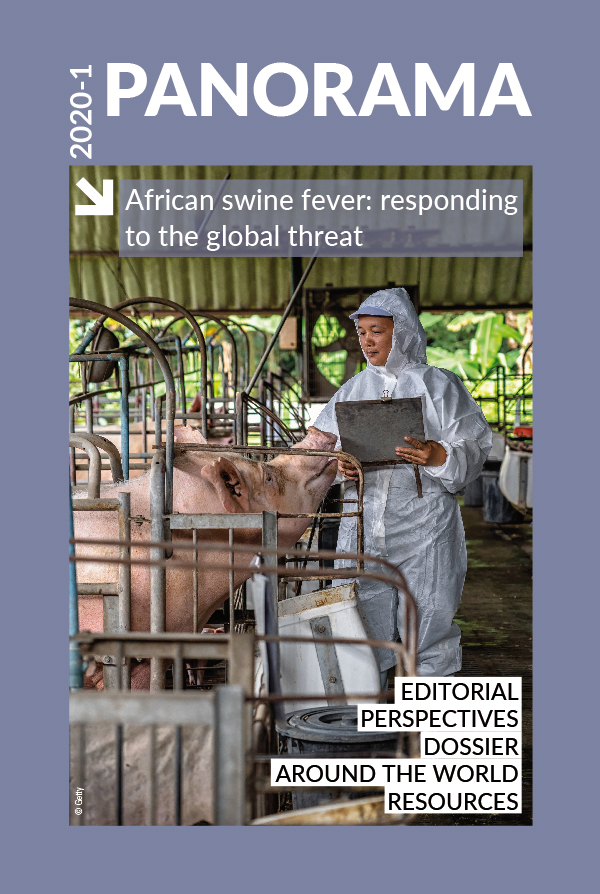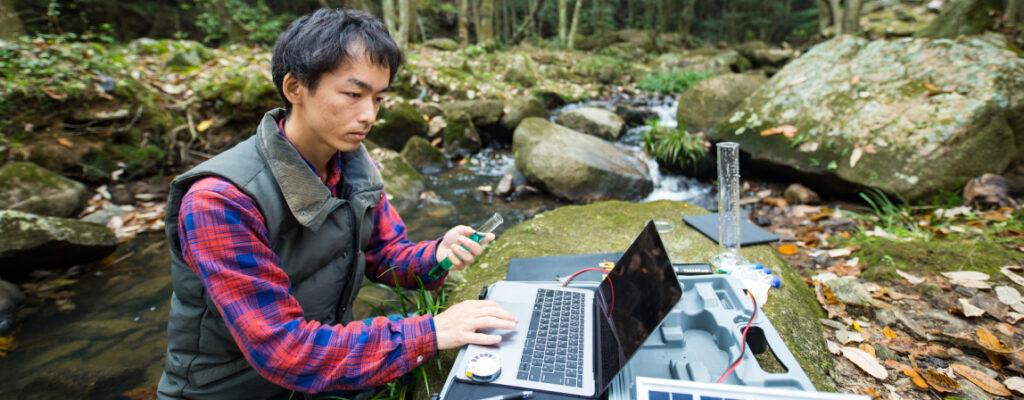Dossier Posted on 2020-07-27 14:18:05
Euroasiatic wild pigs and ASF virus genotype II: a new challenge
Keywords
Authors
V. Guberti(1)*, V. Gervasi(2) & A. Marcon(2)
(1) Istituto Superiore per la Protezione e la Ricerca Ambientale (ISPRA), Ozzano dell’Emilia (Bo), Italy.
(2) Researcher fellow (granted by the European Union’s Horizon 2020 Research and Innovation Programme; grant agreement No. 773701 – DEFEND), Istituto Superiore per la Protezione e la Ricerca Ambientale (ISPRA), Italy.
* Corresponding author: Vittorio.guberti@isprambiente.it
The designations and denominations employed and the presentation of the material in this article do not imply the expression of any opinion whatsoever on the part of the OIE concerning the legal status of any country, territory, city or area or of its authorities, or concerning the delimitation of its frontiers and boundaries.
The views expressed in this article are solely the responsibility of the author(s). The mention of specific companies or products of manufacturers, whether or not these have been patented, does not imply that these have been endorsed or recommended by the OIE in preference to others of a similar nature that are not mentioned.
The human contribution to disease spread is one of the most important factors to consider when dealing with ASF in wild pigs. Once ASF virus is introduced into the wild pig population, an epidemic wave – determined by direct transmission – is usually observed. The epidemic then develops into an endemic state, during which contact between infectious carcasses and susceptible wild pigs (indirect transmission) is the main mechanism by which infection is maintained in the local wild pig population [2].
The three strategic pillars for disease management are:
(1) Early detection: the prompt detection of virus ensures that its geographical spread remains limited; smaller areas are easier to manage. The virus can only be detected by passive surveillance in a previously free wild pig population or area. Testing dead wild pigs in at-risk areas is therefore critical for early detection.
(2) Addressed management of the infected population: the different management options (i.e. depopulation, sit and wait, fencing) should be evaluated in view of the ecology and demographics of the infected wild pig population. Evidence suggests that immediate depopulation of infected wild pigs is counterproductive, because it enhances escape behaviours (causing the geographical spread of the virus), and efficient hunting is rarely achieved by hobby hunters. Fences may be useful if integrated into a complex eradication programme that includes different interventions for the different epidemiological phases of the disease [2].
(3) Virus contamination of the environment: ASF virus remains active in the carcass long after the death of the host, thus contaminating the environment. Decontamination of the environment is therefore the final goal of any eradication programme in wild pig populations. Biosecurity measures applied during hunting, and safe disposal of wild pig carcasses, play a pivotal role in preventing the local persistence of the virus and further anthropogenic spread into disease-free areas [2].
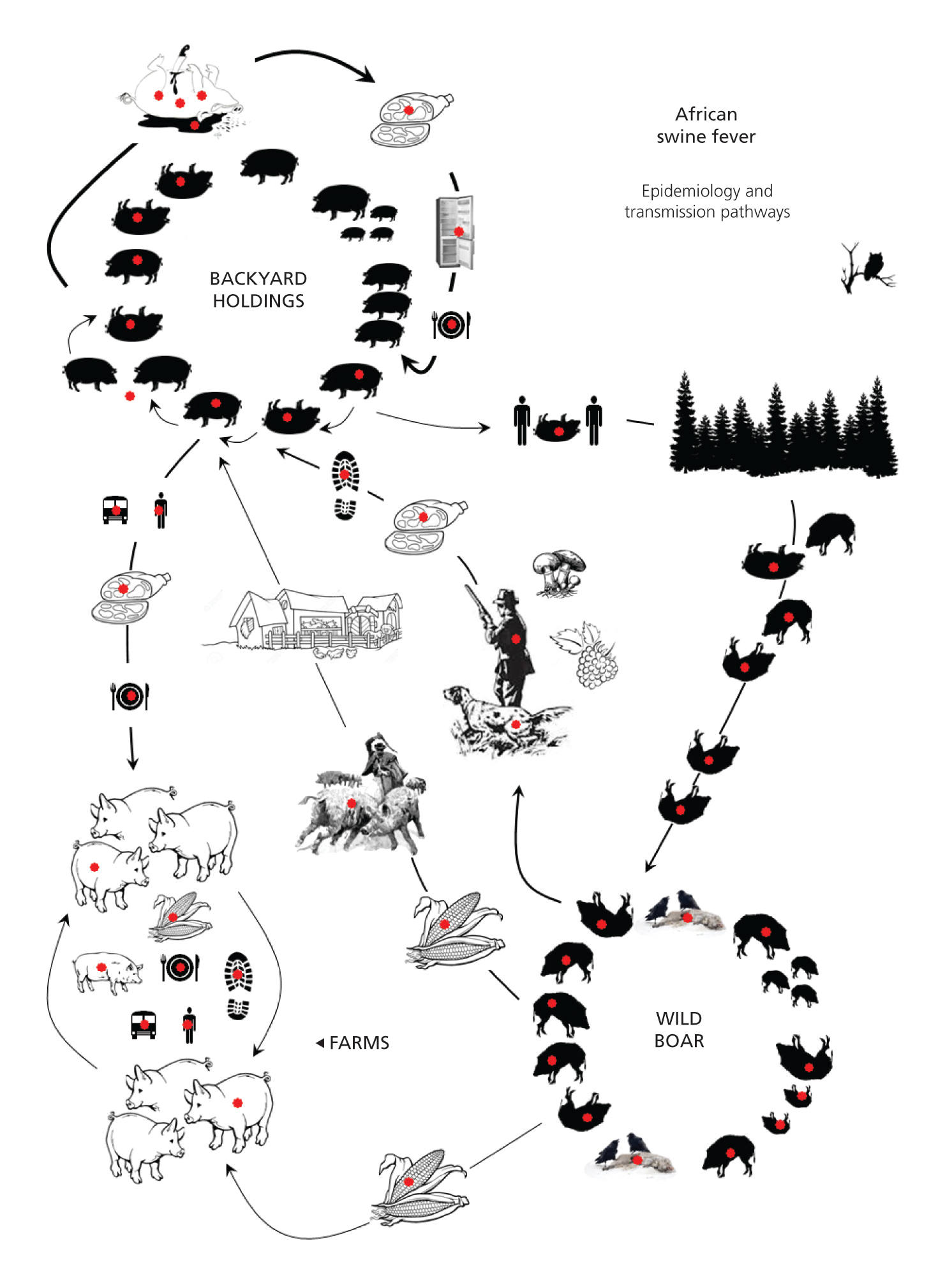
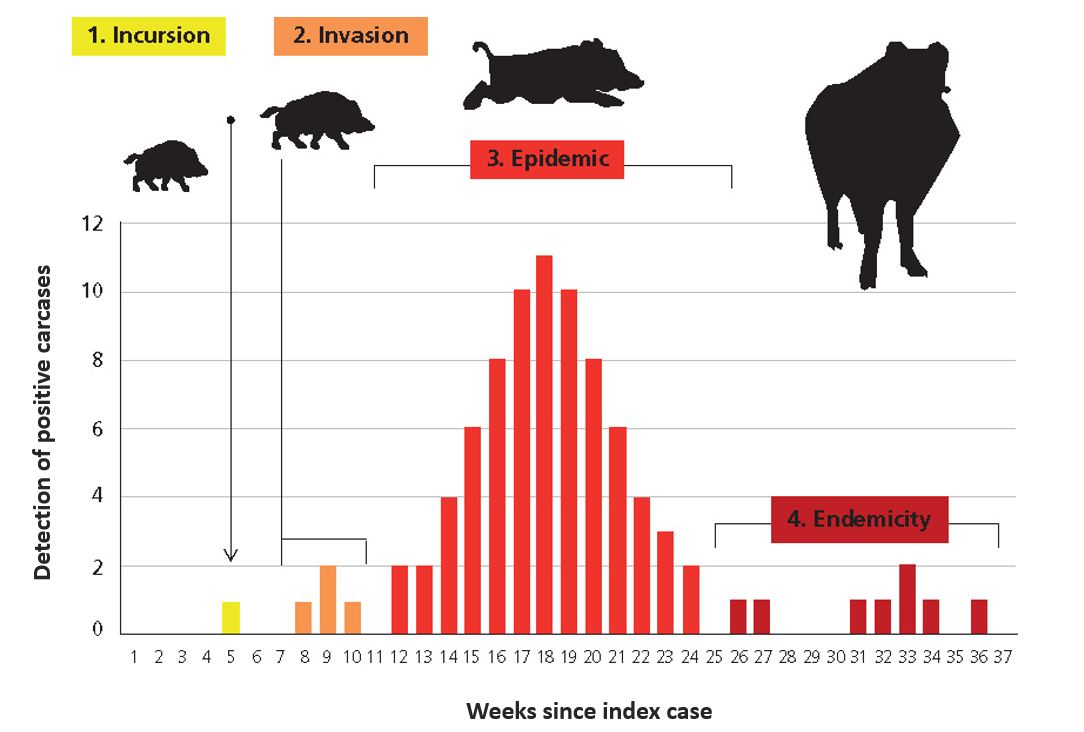
http://dx.doi.org/10.20506/bull.2020.1.3124
References
- Chenais E., Depner K., Guberti V., Dietze K., Viltrop A. & Ståhl K. (2019). – Epidemiological considerations on African swine fever in Europe 2014–2018. Porc. Health Manag., 5 (1), 6. https://doi.org/10.1186/s40813-018-0109-2.
- Food and Agriculture Organization of the United Nations (FAO), World Organisation for Animal Health (OIE) & European Commission (2019). – African swine fever in wild boar: ecology and biosecurity. FAO Animal Production and Health Manual No. 22.




